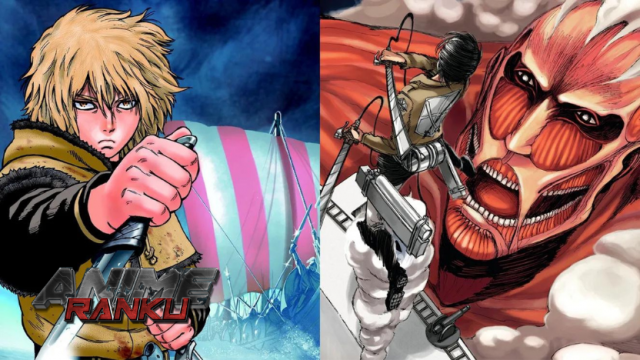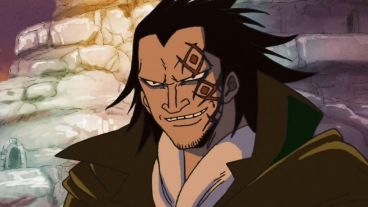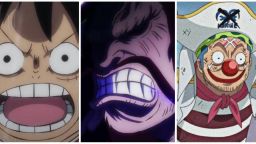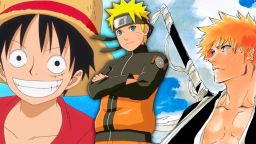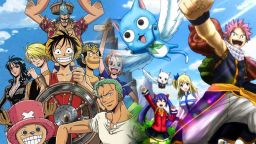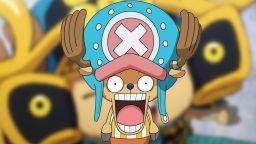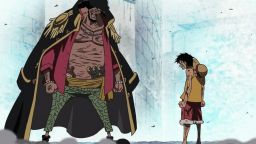In order to promote the upcoming Vinland Saga Season 2, authors Makoto Yukimura of the Vinland Saga and Hajime Isayama of Attack on Titan got the opportunity to conduct a joint interview for Comic Natalie. This was the mangakas' first encounter, and Umino Wataru taped the interview in the guise of a dialogue. They discussed their job, character development, the response from other countries, and other topics.
When questioned when they first heard of one another, Yukimura responds that it was around 11 years ago when the Attack on Titan manga originally came out. Isayama made the decision to study the original book in high school or a technical institute after watching the Planetes anime version. According to him, he began reading Vinland Saga during the "Slave" arc. Isayama continues to compliment the arc by expressing his amazement at the superb plot structure.
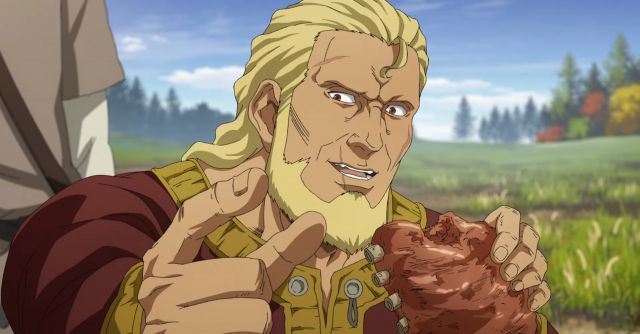
How to Pick a Theme
According to Yukimura, he entered Planetes with little prior planning, which made it challenging to generate content for each new edition. After settling on the topic and the flow, he made the decision to begin a new manga, and the concept he came up with was "violence." He chose to use the Vikings as the backdrop for his depiction of whether it was possible to avoid bloodshed and whether mankind could do so by using characters who are innocent until proven guilty even when they commit murder. That marked the beginning of the Vinland Saga. Isayama continues by pointing out that despite the story's Viking-era setting, the topics it addresses are contemporary. If they pass away, the combatants want to travel to Valhalla, thus by including the perspective of the victim, Thorfinn, the story is able to connect with modern readers. Isayama also adds that the story manages to portray the fear that people in the past were probably closer to animals than they are now. Yukimura follows up by saying that before the spread of Christianity in Europe violence was much more widespread – and something that was encountered on a daily basis. The low value of life at the time is something that Vinland Saga can successfully depict
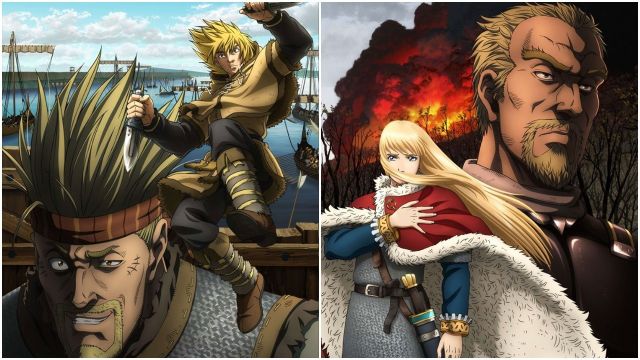
On the Characters
When questioned about the challenges of sketching Vinland Saga, Yukimura playfully replies that he frequently struggles to get his brush to function and also adds that he finds it challenging to direct the plot in the direction he wants it to. He asks Isayama, "Doesn't that happen to you?" "The main character was so firmly entrenched in his habits that there were occasions when I had little control over what he would do. I would question, 'Is he this type of person?'" recalls Isayama. Yukimura continues, knowing the characters wouldn't behave a certain way but being forced to go a different path anyway: "I believe manga artists generally have that quality." Yukimura said that he adored them when asked which character was his favorite. all. “I love Thorfinn and Askeladd of course, but I also love Thorkell and Leif. It is difficult to find someone I don’t like. Floki has a very human side to him, as he loves his grandchildren, and I can’t dislike King Sven either, considering the many things that happened to him that led him to become this way. King Sven was originally supposed to have a face like Knut, but I guess he became like that when he was put in charge of the fate of the country.“
I love Thorfinn and Askeladd of course, but I also love Thorkell and Leif. It is difficult to find someone I don’t like. Floki has a very human side to him, as he loves his grandchildren, and I can’t dislike King Sven either, considering the many things that happened to him that led him to become this way. King Sven was originally supposed to have a face like Knut, but I guess he became like that when he was put in charge of the fate of the country. - MAKOTO YUKIMURA
Isayama’s favorite character in Vinland Saga is Thorfinn. He says he doesn’t often like the main character in the story but Thorfinn is exceptional because he keeps going forward while repeatedly destroying and building up. The guilt he carries makes him full of humanity, which is something that Isayama finds appealing. Yukimura says that this is good, as he was worried about how readers would perceive him since he changed so much since the beginning. “The only thing that is the same is his height,” he says. Isayama points out that old Thorfinn still appears in front of Knut and that it makes him sad to think about how he would still have the same personality had he grown up normally
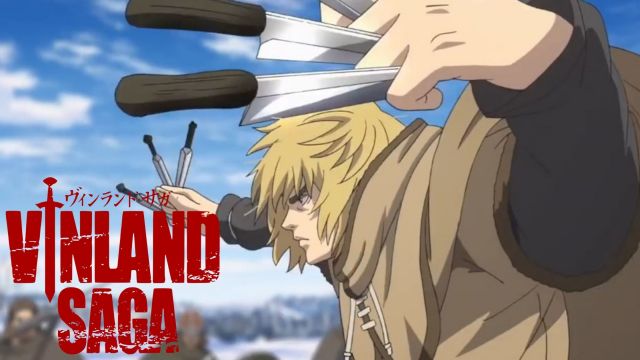
On the Characters
When questioned about the challenges of sketching Vinland Saga, Yukimura playfully replies that he frequently struggles to get his brush to function and also adds that he finds it challenging to direct the plot in the direction he wants it to. He asks Isayama, "Doesn't that happen to you?" "The main character was so firmly entrenched in his habits that there were occasions when I had little control over what he would do. I would question, 'Is he this type of person?'" recalls Isayama. Yukimura continues, knowing the characters wouldn't behave a certain way but being forced to go a different path anyway: "I believe manga artists generally have that quality." Yukimura said that he adored them when asked which character was his favorite.
Anime's Vinland Saga and Its Reception Abroad
Yukimura describes how the animation and artwork astounded him, and he also expressed concern for the animators' well-being. He quips that he stopped complimenting them so much since it simply motivated them to work harder. Isayama liked the animation and singled out Askeladd's demise as his favorite scene, particularly the use of the sword that alluded to his background.
Yukimura claims that because the anime so beautifully enhances the tale, he wants everyone to see it before reading his manga. He claims that as he was working on the script, he concerned that he could be rushing the tale, but that his worries were allayed by the director Shuhei Yabuta and the screenwriter/series composer Hiroshi Seko. According to the author, director Yabuta carefully read the original manga. Yukimura says he once went fishing with Yabuta who told him that like Thorfinn he runs his life on anger, but that he was surprised because Yukimura “laughs so much.” Yukimura says that he looks forward to seeing what Yabuta does in the second season (that he will also direct).
Isayama says that this story reminded him of his talks with Tetsuro Araki, who directed the first three seasons of Attack on Titan anime at WIT Studio. He says that while it would be presumptuous to say that they are creating something together, they definitely show the inner parts of their personalities through their work and he adds that they talked about the darkness they saw in each other’s creations as well.
According to Yukimura, the anime has been well received overseas; especially in Iceland. He thinks that streaming has made it possible to reach more people all over the world. He even asked Isayama how he felt seeing overseas fans’ reactions to the Attack on Titan anime. “I love western movies and foreign dramas, so the influence of those things is reflected in my work. One of the things that made me happy was that Attack on Titan”, which is filled with these influences, was able to reach people overseas as well. I am simply happy that people are enjoying the anime. I felt as if I was sharing the feeling of watching and enjoying it with them,” Isayama said.
Yukimura mentions how he saw a video of foreign viewers who were reacting to Attack on Titan. “When I saw them screaming “Oh my God!”, I agreed with them,” he says. Isayama comments by saying that this makes him happy because he can’t know the real-time reactions of readers when he is drawing something.
Both mangakas also mentioned what they recently saw: for Yukimura it was My Dress-Up Darling that “keeps getting better as he watches more,” while Isayama focused on the latest season of Stranger Things. He says he still hasn’t finished The Boys and Obi-Wan Kenobi.
On Respect for Each Other
When asked what they respect about each other, Isayama says that he is amazed by Yukimura’s drawing and composition skills. Simply being talented at drawing is not enough if it is difficult to tell what is going on, and according to Isayama art in Vinland Saga is simply “seamless.” Yukimura thanks him and says he will have to make his sons read the interview once it’s up. Yukimura is amazed by Isayama’s speed and he even asked how many times Isayama took a break during Attack on Titan’s serialization. “Only one time, when the [Bessatsu Shonen] Magazine took a break due to the coronavirus pandemic,” was Isayama’s reply.
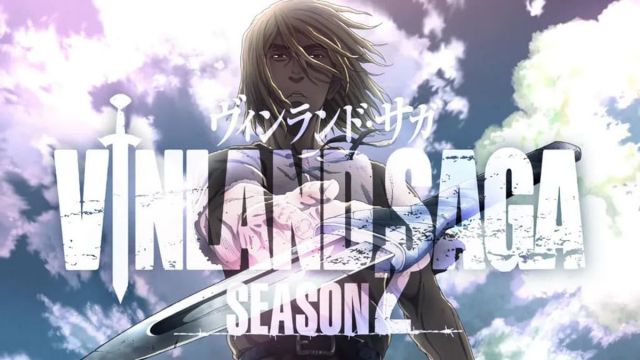
Yukimura goes on to say that he respects the spirit of an artist who finishes their work in one take. Continuously drawing is taxing and he takes a lot of breaks. Isayama adds that it would be difficult to maintain Vinland Saga quality without breaks, but Yukimura continues to insist that he is slower and that Isayama’s execution is praiseworthy.
Vinland Saga – End in Sight?
Yukimura has been working on the Vinland Saga for around 17 years. He currently wants to see his children grow up safely and properly draw Vinland until the final chapter while utilizing digital tools and even trying out full-color panels. He says the roadmap for the manga has been drawn up years ago but a lot of things have changed. However, not a lot is left. There are many characters that he didn’t initially plan to include, but he realized that he can be a bit more playful and flexible in certain situations.
Isayama says that roadmaps always expand and wonders if he had enough characters in Attack on Titan, even though the number was much bigger than he originally intended. [Attack on Titan spoilers ahead] He says he wonders if having Jean and others form meaningful connections in Marley would have been better because them getting crushed could have created a bigger impact. Yukimura says that the scene in which refugee children get crushed was shocking and that he was horrified to think that they were born only to be crushed by Eren. To him, this clearly depicts Eren’s sins.
